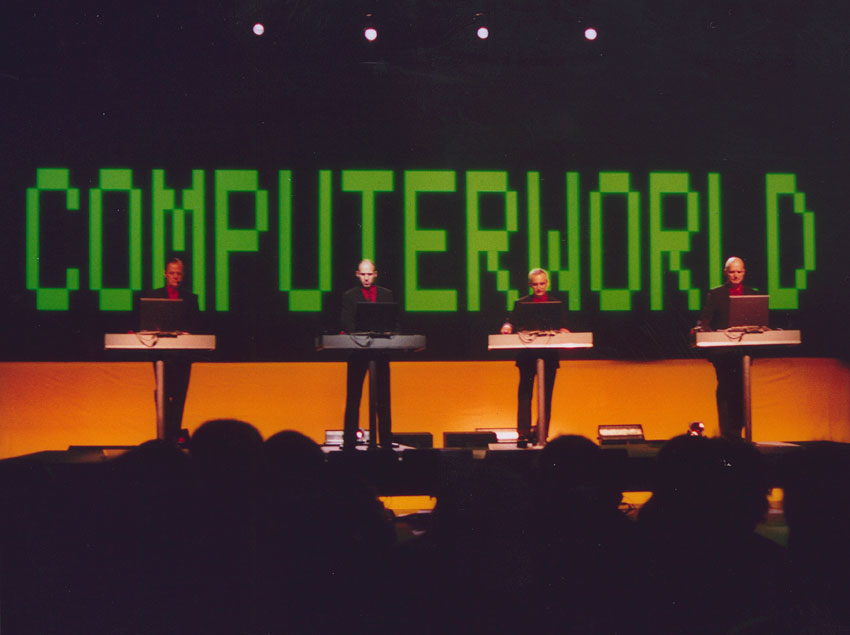Tune into the melody: Kraftwerk wins 20-year court battle over unauthorised sampling

Sampling without authorisation can infringe a phonogram producer’s rights, though the use of a sound sample taken from a phonogram in a modified form unrecognisable to the ear does not infringe those rights, even without such authorisation, the Court of Justice of the European Union has ruled in a case first brought by the German electronic group Kraftwerk 20 years ago.
Kraftwerk’s Ralf Hütter and Florian Schneider-Esleben claimed that Moses Pelham and Martin Haas copied two seconds of Kraftwerk’s song Metall auf Metall, by means of sampling, in the song Nur mir, recorded by Pelham GmbH in 1997.
Mr Hütter and Mr Schneider-Esleben sought a prohibitory injunction, damages and the surrender of the phonograms featuring the song Nur Mir – for the purposes of their destruction.
The Bundesgerichtshof (Federal Court of Justice, Germany), asked the CJEU whether the non-authorised inclusion of a sound sample in a phonogram by means of sampling taken from another phonogram constitutes an infringement of the rights of the producer of the phonogram from which the sample in question was taken.
In its judgment, the court stated that phonogram producers have the exclusive right to authorise or prohibit reproduction in whole or in part of their phonograms. Consequently, the reproduction by a user of a sound sample, even if very short, taken from a phonogram must be regarded as a reproduction ‘in part’ of that phonogram so that such a reproduction falls within the exclusive right granted to the phonogram producer.
The court also noted, however, that where a user takes a sound sample from a phonogram in order to embody it, in a modified form unrecognisable to the ear in another phonogram, that is not a ‘reproduction’ as that would run counter to the requirement to strike a fair balance between, on the one hand, the interests of the holders of copyright and, on the other hand, the protection of the interests and fundamental rights of users of protected subject matter.
Furthermore, the court found that an article which reproduces all or a substantial part of the sounds fixed in a phonogram amounts to a copy of that phonogram, in relation to which the phonogram producer enjoys an exclusive right of distribution.









